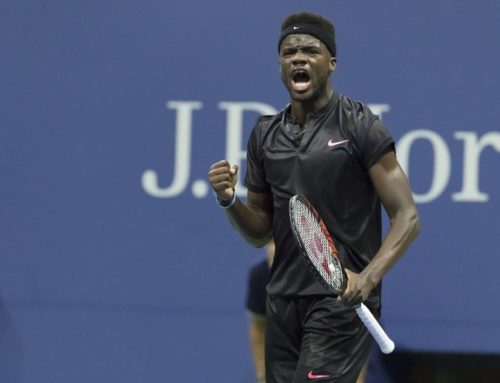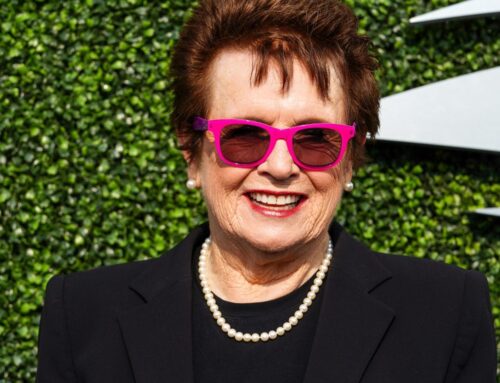During a sports journalism career that spanned several decades, including 15 years (1986-2001) as USA Today’s tennis correspondent, I often wrote about, conversed with and, of course, witnessed up-close extraordinary shot-making and the laser-like mental focus of the game’s most gifted champions.
The list of famous names I like to drop in social conversations, include Billie Jean King, Arthur Ashe, Chris Evert, Jimmy Connors and Martina Navratilova in the 1970s. Then comes John McEnroe, Ivan Lendl, Boris Becker, Steffi Graf and Monica Seles in the 80s, followed by Pete Sampras, Andre Agassi, Jim Courier, Jennifer Capriati and Venus and Serena Williams in the 90s.
However, no one in that galaxy of superstars left as great an impression on me as Dr. Robert Walter Johnson, a soft-spoken Lynchburg, Va. physician, who on Saturday will be inducted posthumously into the International Tennis Hall of Fame in Newport, RI. He will be the first African American inducted as a contributor. Monica Seles, Andres Gimeno and Donald L. Dell are the other members of the 2009 Hall of Fame inductees.
Why bestow such a special honor on Johnson? Primarily because he helped change the face of tennis in America. he gave us Althea Gibson and Arthur Ashe, the nation’s first African American tennis greats, and their success led to the emergence of Leslie Allen, Zina Garrison, Lori McNeil, Malivai Washington, James Blake and superstar sisters, Venus and Serena Williams, who clashed last week in the Wimbledon finals.
Johnson was drawn to the game in the 1930s, seeking physical release from the stress-filled life of an overworked physician. Later, he developed a plan to integrate tennis at the junior level despite the racial barriers of that era. With quiet diplomacy and determination, he trained and helped talented African American juniors gain entry into previously “whites only” tournaments. In the 1950s and ’60s, he brought the top black juniors from across the nation – at mostly his expense – to his Lynchburg home each summer to train on his backyard court. Indeed, Johnson founded the American Tennis Association (ATA) Junior Development program, which was a prelude to the high-tech junior training camps now run by tennis gurus Nick Bollettieri, Rick Macci and Chris Evert. The only difference: players attending Johnson’s camps didn’t pay a dime. Johnson was interested in breaking racial barriers, not making money.
As one of several high players who joined Ashe at Johnson’s home-based, training camp in the summer of 1960, I saw first-hand the remarkable work he did and shared his passion for the change he yearned to see. Years later, I documented his life in a biography, “Whirlwind, the Godfather of Black Tennis.” Tennis great John McEnroe wrote the foreword.
“Dr. Johnson moved quietly but firmly to convince the powers-to-be to change their ways,” McEnroe noted. “He didn’t bang on doors like I would have done. Instead, He rapped politely, spoke calmly and urged each white tournament director to allow his juniors the opportunity to be the best that they could be. Many of them did.”
Throughout their lives, Gibson and Ashe repeatedly credited Johnson for his guidance during their early years. In a tribute to Johnson in a Reader’s Digest article published in September 1972, Ashe called Johnson, who died in 1971, his “Most Unforgettable Character.” Gibson dedicated her first book, I Always Wanted to be Somebody – to her two doctors – Johnson and the late Hubert Eaton, Sr. of Wilmington, N.C.
Thanks to Johnson Gibson, Ashe and scores of other African American, found a better life through tennis. Gibson and Ashe gained entry to the game’s hallowed hall years ago. On Saturday, joins them.





Leave A Comment